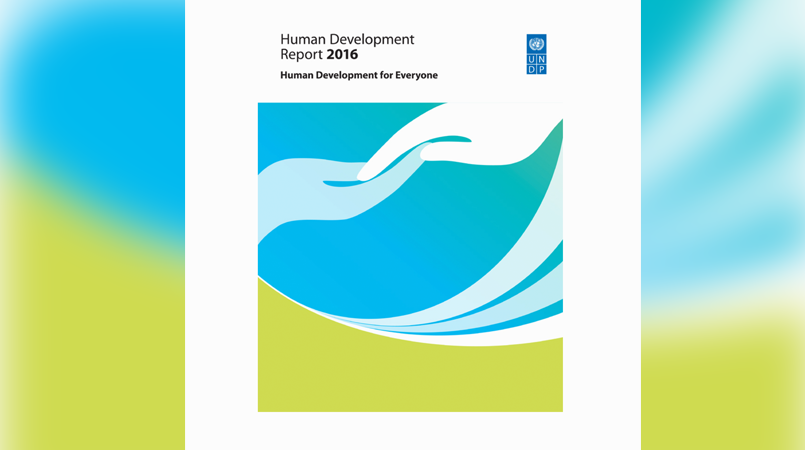
Papua New Guinea has been ranked 154 out of 185 countries in the Human Development Index (HDI) Report for 2016.
This is a step down from the previous ranking of 153 in 2015, according to the HDI Report 2016 titled ‘Human Development for Everyone.’
According to the report produced by the United Nations Development Programme (UNDP) the current ranking places PNG equally ranked with Zimbabwe but ahead of regional neighbors Solomon Islands (156) and Mauritania (157).
PNG’s ranking is categorized under the ‘Low Human Development’ group.
Meanwhile Pacific neighbors, Fiji (91), Tonga (101), and Samoa (104) have been categorized in the “High Human Development group’ while Australia (2) and New Zealand (13) are within the ‘Very High Human Development’ category.
The HDI is a summary measure of average achievements in three basic dimensions of human development: a long and healthy life, being knowledgeable and have a decent standard of living.
PNG is also ranked 154 in the ‘Inequality-Adjusted Human Development Index,’ and the ‘gender development Index.’
The ranking of PNG is part of an overall regional finding which shows that the exclusion of women, people living in remote areas and vulnerable communities has hindered the progress of human development and led to significant inequality within the Asia-Pacific.
In a statement, United Nations Resident Coordinator and UNDP Resident Representative for Papua New Guinea, Roy Trivedy, said globally there needs to be a stronger focus on excluded groups, and on actions to dismantle barriers that prevent sustainable human development for all.
“Around the world we’ve made great progress in winding back extreme poverty and improving access to education, health and sanitation, and in expanding possibilities for women and girls. But we need to ensure those gains and the benefits of global progress reach everyone and no one is left behind,” he said.
According to the Report, the Asia-Pacific region is the second most gender-unequal of all developing regions, after the Arab States region. In South Asia, gender gaps in women’s entrepreneurship and labour force participation account for an estimated income loss of 19 percent.
There is also gender-based inequalities affect women and girls over their entire lives. Such differences are illustrated in several ways: higher malnourishment and illness for women; lower labour force participation rates by women, but higher workloads and less rest; less access to financial decision-making; and the pervasive risk of violence.
The report stresses the importance of the 2030 Agenda for Sustainable Development to build on past development gains noting that the agenda and human development approach are mutually reinforcing.
